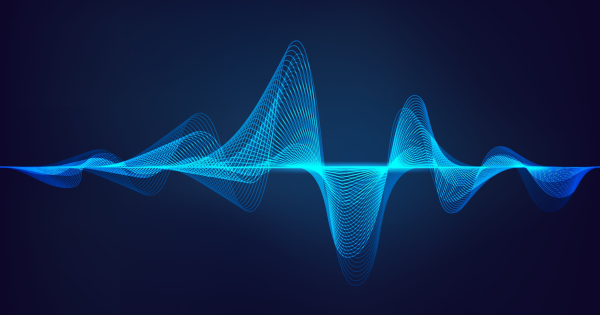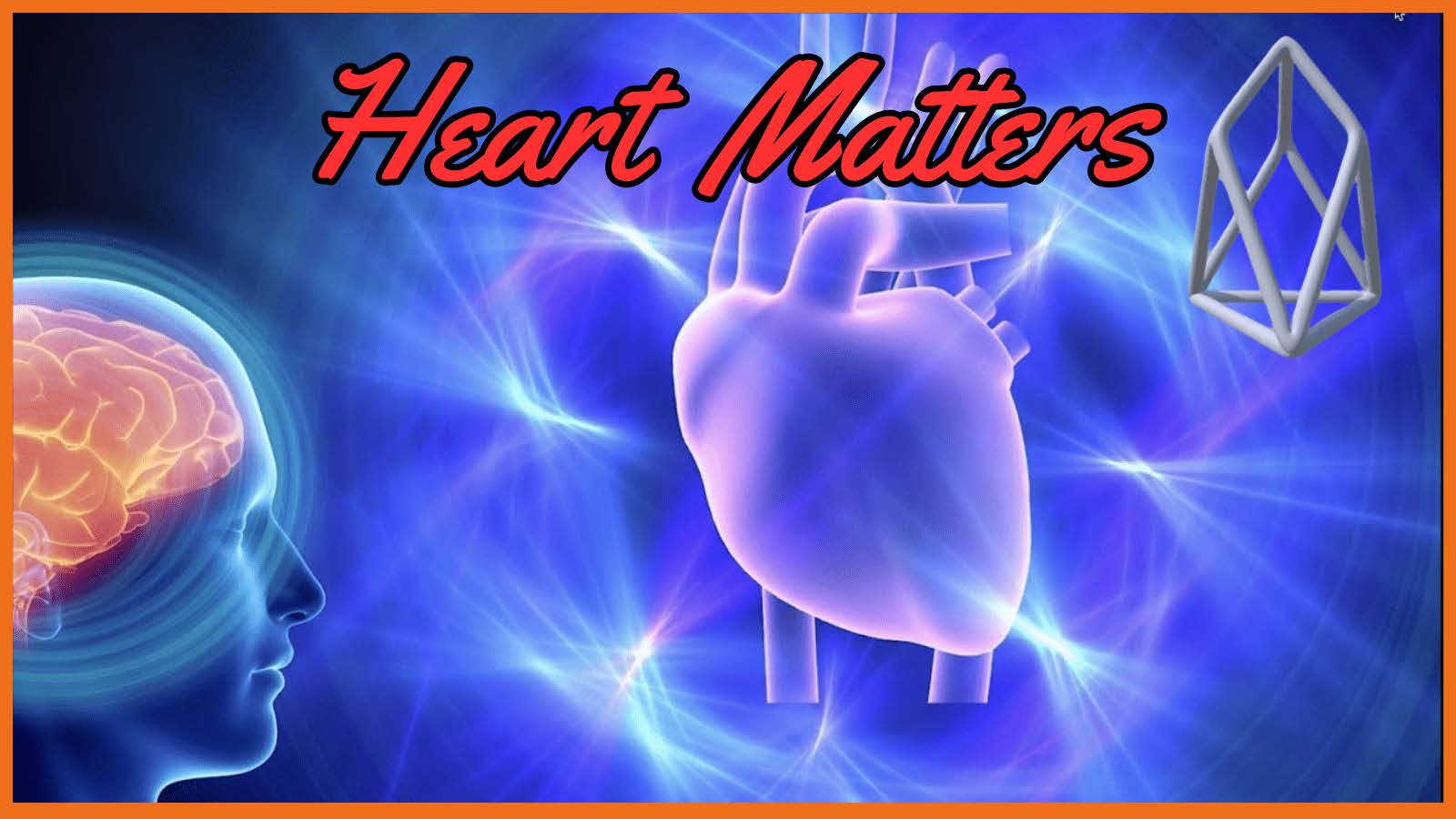The Love Frequency’s
Scientific Backing: 528 Hz
Shown to Elevate Testosterone and Reduce Anxiety in Preclinical Research
Can sound really be a form of medicine? A fascinating new study reveals how a specific frequency, 528 Hz, may hold the key to naturally boosting testosterone in the brain and alleviating anxiety – all without drugs or side effects.
From Mozart to mantras, humans have long been captivated by the power of sound and music to influence the mind and body. But can certain frequencies literally act as medicine, tuning our physiology and behavior toward greater balance and wellbeing? A recent study out of Iran suggests that one particular frequency, 528 Hz, may do just that by naturally boosting levels of testosterone in the brain.1
Known in some circles as the “love frequency,” 528 Hz has been speculated to hold special healing properties, though scientific evidence has been limited.2 In this groundbreaking study, however, researchers directly tested the effects of 528 Hz sound waves on testosterone production and anxiety-related behavior in rats, with promising results.
To conduct the experiment, researchers exposed rats to sound waves at a frequency of 528 Hz and intensity of 100 decibels. They then analyzed the effects on several key genes involved in testosterone synthesis in the brain, including StAR, SF-1, and P450 aromatase. Remarkably, they found that expression of StAR and SF-1 increased, while P450 aromatase decreased – all changes that would be expected to boost testosterone levels.1
What’s more, the 528 Hz frequency also reduced total reactive oxygen species in brain tissue, suggesting it may help protect against oxidative stress. And when rats were exposed to these sound waves over a prolonged period, they demonstrated reduced anxiety-related behaviors.1 This is significant, as anxiety disorders are the most common mental illness, affecting 40 million adults in the U.S. alone.3
While the concept that sound vibrations can directly impact physical and mental wellbeing may seem like the stuff of science fiction or mystical traditions, there is a solid scientific basis for such effects. From a quantum physics perspective, all matter is comprised of vibrating energy, with different frequencies corresponding to different physical and mental states.4 By interacting with our own vibrational fields, specific sound frequencies may be able to “tune” our bodies and minds, not unlike adjusting a musical instrument.
Of course, much more research is needed to translate these findings from rats to humans and explore the full therapeutic potential of 528 Hz and other sound frequencies. However, this study provides an important proof-of-concept and opens up exciting new avenues for natural, non-invasive mental health therapies. In a world where anxiety and stress run rampant and pharmaceutical treatments often come with unwanted side effects, the possibility of simply listening our way to wellbeing is certainly an appealing prospect.
As we continue to unravel the scientific underpinnings of ancient healing traditions and probe the furthest reaches of energy medicine, studies like this remind us of the body’s profound capacity for self-healing and the myriad ways we can tap into it. So the next time you’re feeling out of tune, consider putting on some 528 Hz tones – your brain and body just might thank you.
References
1. Babayi Daylari T, Riazi GH, Pooyan S, Fathi E, Hedayati Katouli F. Influence of various intensities of 528 Hz sound-wave in production of testosterone in rat’s brain and analysis of behavioral changes. Genes & Genomics. 2019;41(2):201-211. doi:10.1007/s13258-018-0753-6
2. Be Well Buzz. The 528 Love Frequency Meaning and its Benefits. https://bewellbuzz.com/the-
3. Anxiety & Depression Association of America. Facts & Statistics. https://adaa.org/
4. Wellbeing Through Harmony. The Science behind Sound Healing. https://upliftconnect.com/

















